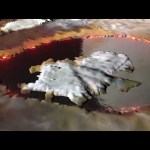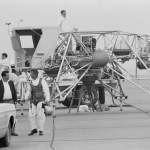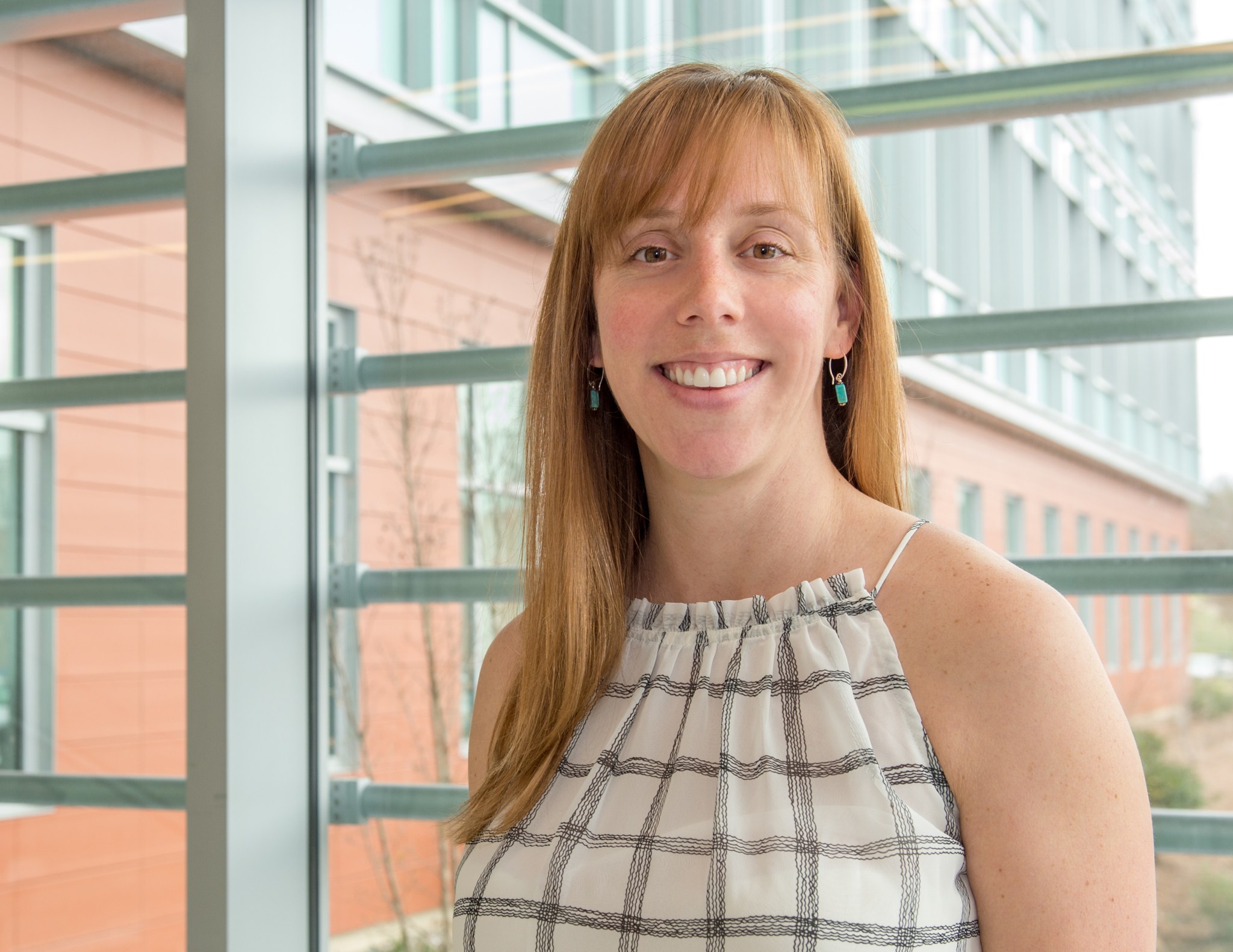
Name: Jessica Thompson
Formal Job Classification: Systems engineer
Organization: Code 599, Mission Systems Engineering Branch
What do you do and what is most interesting about your role here at Goddard? How do you help support Goddard’s mission?
I’m a systems engineer supporting flight projects and proposal development. Depending on the phase of the mission, my role varies between design, integration and testing all the way through launch and on-orbit operations. For some projects, I have been involved from end-to-end. For others, I have only been a part of the project for a specific phase.
What is your current project?
I am the deputy project systems engineer on a proposal called Focusing Optics X-Ray Solar Imager (FOXSI). If approved, FOXSI would explore impulsive solar magnetic energy releases with direct hard X-ray imaging spectroscopy. FOXSI is a proposal under the Heliophysics Small Explorer (SMEX) Announcement of Opportunity. Step two selections will be made in approximately May 2019.
What is your educational background?
I have an undergraduate degree in physics from Salisbury University in Maryland. I also completed some master’s coursework in astronomy at the University of Maryland, College Park.
With your background in physics, why did you decide to work as a systems engineer?
My goal is to help bridge the gap between engineers and scientists. I love the science. Being able to execute it from an engineering standpoint is very fulfilling. Looking across the science and the engineering gives me so much to think about and so much to do.
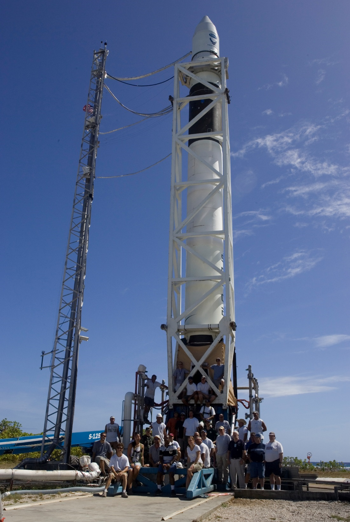
How did you go from electronics engineering to systems engineering?
Fifteen years ago, I started working as an electronics engineer at Wallops Flight Facility (WFF). At WFF, projects are typically shorter in duration and teams are somewhat smaller than those at Goddard and many of us end up taking on roles in additional disciplines. My first few years there, I learned a lot about electronics, flight software and guidance navigation and control. I worked on various sounding rocket, UAV and balloon missions in multiple roles. To me, it is more interesting to look across all the disciplines instead of going very deeply into just one particular discipline.
In 2009, I came to Goddard in the Systems Engineering Education Development (SEED) program. The program helped me grow from a discipline engineer to a systems engineer. It is a two-year program with rotations in different disciplines, including systems engineering.
What was your first project as a systems engineer?
In 2010, I began working on the Magnetosphere Multiscale Mission (MMS) which launched in March 2015. I focused on fault detection and correction for the spacecraft and instruments. This was a particularly fun role because you get to ask, “How could the hardware or software fail and what can we do to prevent it?” The goal is to ensure the spacecraft stays power and thermally safe and continues to gather important science data.
MMS is interesting because it involves four identical spacecraft flying in formation approximately 99,000 miles from Earth. The team was a wonderful group of people, really sharp engineers and great leaders. When you are working closely with a team and building four spacecraft in-house, you truly need clear communication across the group. Our team had great communication along with a sense of purpose. We were fortunate to have a great leader and mentor, Craig Tooley, as our project manager.
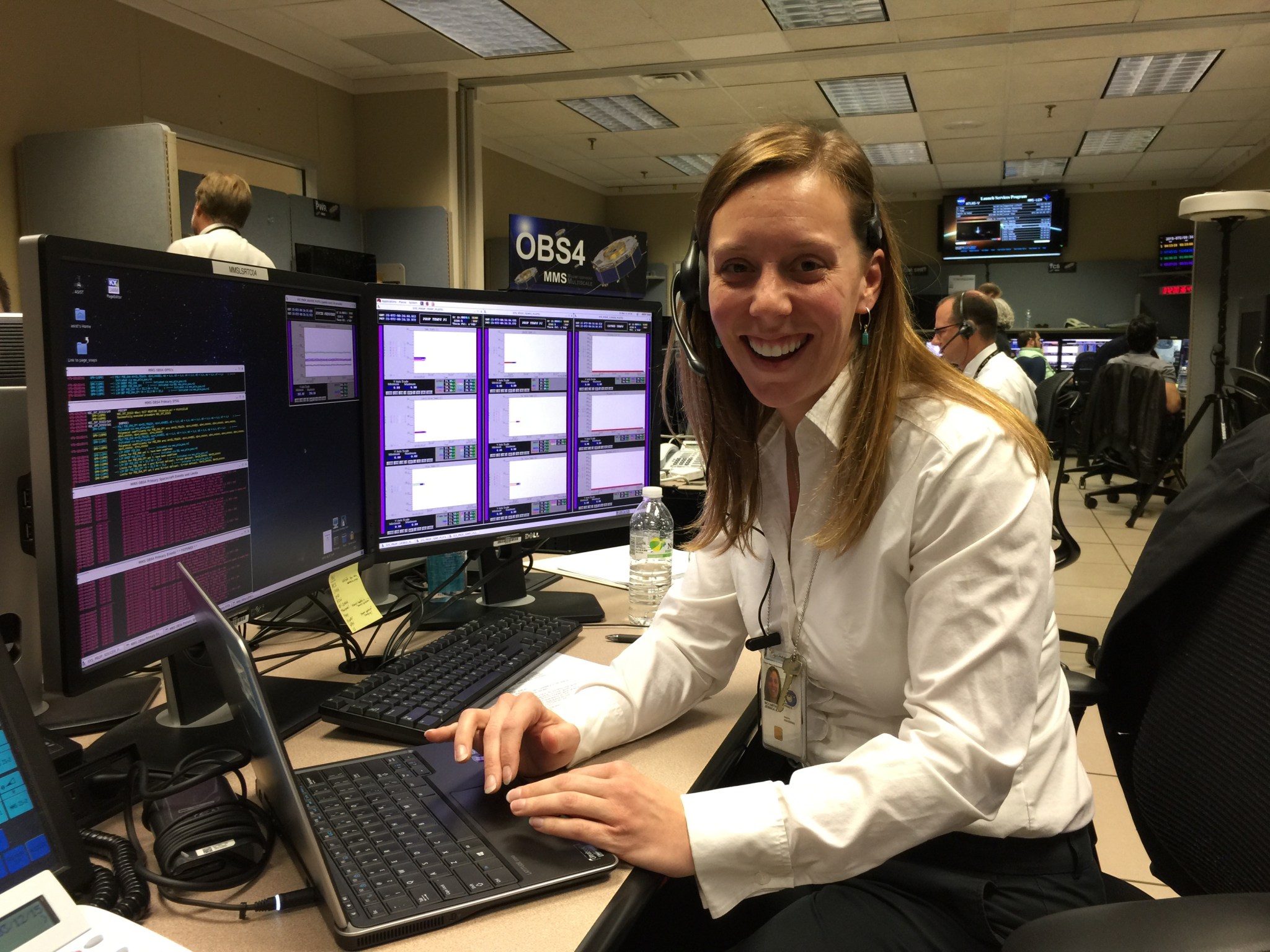
What project did you work on after MMS launched?
I was the deputy project systems engineer for two proposals; the proposal for Deep Atmosphere Venus Investigation of Noble gases, Chemistry and Imaging (DAVINCI) and the Venus In Situ Composition Investigations (VICI). DAVINCI was one of five proposals that competed under a yearlong Discovery Announcement of Opportunity. Both proposals would answer questions about how our solar system originated and changed over time by making in situ measurements of the Venus atmosphere. VICI planned to make surface measurements as well under the New Frontiers Announcement of Opportunity. Neither proposal was selected. I went on to assist with an in-house instrument design and development on the Heliospheric & Interstellar Explorer (HELIX) proposal. GSFC submitted this proposal under the Interstellar Mapping and Acceleration Probe Announcement of Opportunity (IMAP AO), which is awaiting Step 1 selection later this year.
What is most important about systems engineering?
In all phases of a mission, it is important to be available to the team. This means being in the clean room, in the control room and wherever the engineers are working so that you are aware of what is going on day to day. Communication between the engineering team members is critical to mission success and I spend a lot of time making sure connections between different disciplines are made. Even in the early phases of a mission, as design decisions are being made, it is important to evaluate the impacts each decision has on the system as a whole.
Plus, I get to work on something different every day! One day I am working with the lead scientist trying to develop requirements and the next day I am working with a team of engineers designing a vibration test.
How did you get into technical writing?
Working proposals involves a lot of technical writing, which was completely new to me. I have to make sure that I communicate the important technical information and make it understandable to the reader.
Proposals are particularly challenging because there are a lot of rules. A given section may be limited to a certain number of pages and must contain specific information. For VICI, I had 32 pages to talk about the entire mission architecture and demonstrate its feasibility.
As a systems engineer writing requirements, it is critical to clearly communicate requirements and the rationale for each of them. If not, a year or two later, someone reading the requirements will not understand the intent and importance. If the intent is included, it is harder to misinterpret the reason for each requirement and how it ties back to the mission’s science goals. The requirements are written to ensure the mission provides compelling science that meets NASA’s overall goals.
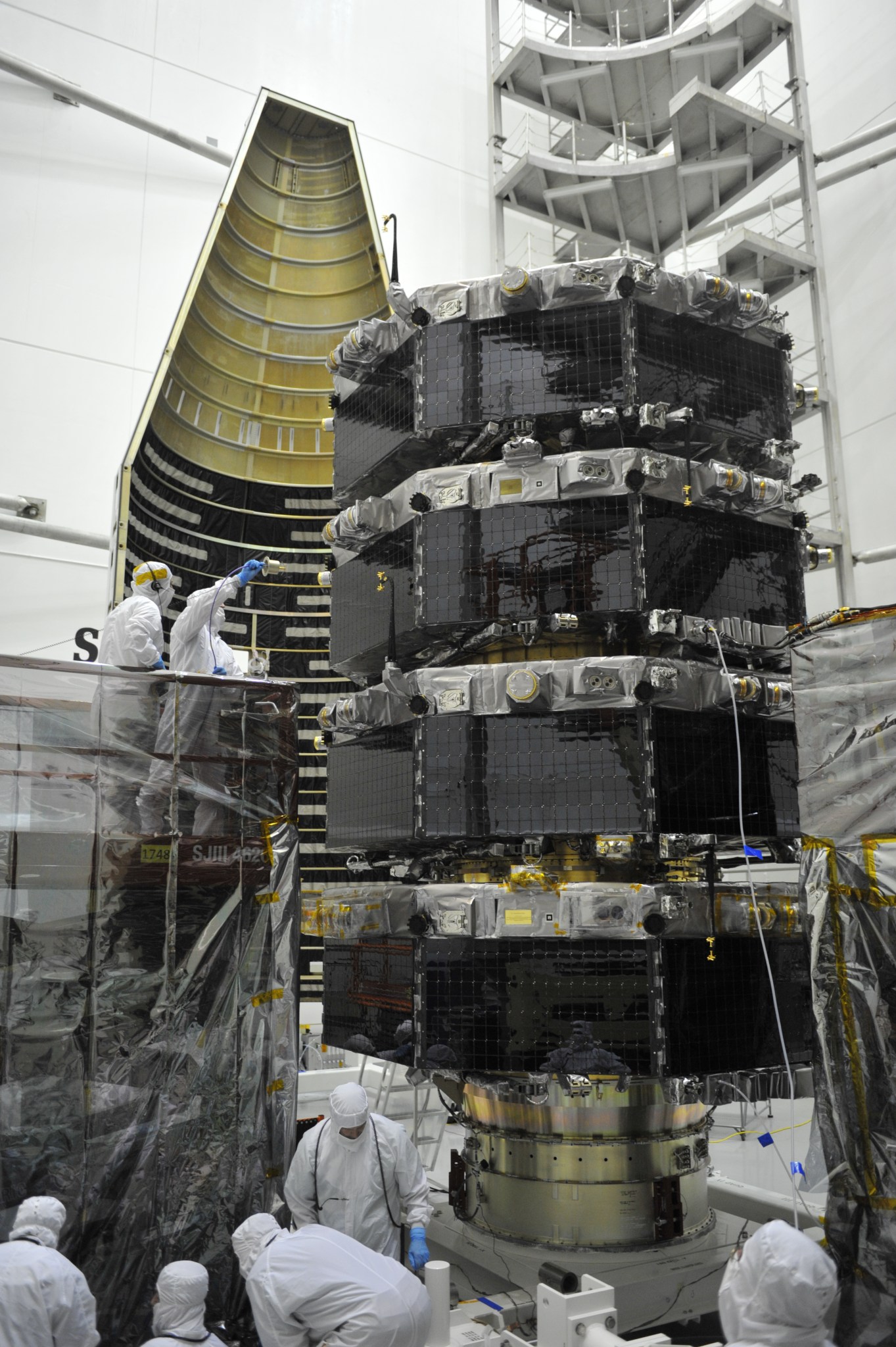
What lessons or words of wisdom would you pass along to somebody just starting their career at Goddard?
Goddard held a leadership colloquium led by Daniel Pink a few years ago. He talked about what makes people happy in their job. He said you need mastery, autonomy and purpose. That really resonates with me. I have found that working for NASA provides the autonomy to explore your own career path and keep learning every day. I am grateful to contribute to projects that further our understanding of our world and universe. Loving what you do each day makes a huge difference and I would encourage anyone just starting out at Goddard to explore career opportunities to find one that best suits you.
Who inspired you?
My paternal grandmother always inspired me. She was forever learning. She got a Ph.D. in psychology at age 67. She was very open-minded, always encouraging all of her grandchildren to think outside the box and remember that we can do anything and change our path at any time. Her advice really stuck with me and is what drove me into systems engineering. A career in systems has allowed me to forge a new path every day and learn more about science and engineering.
Is there something surprising about your hobbies that people do not generally know?
I really enjoy outdoor activities. I learned to snowboard while I was in high school. I like fishing, camping, hiking and biking. I like all kinds of water sports: waterskiing, paddle boarding, kayaking, canoeing. I’ve been fishing on almost every vacation I’ve taken and have caught salmon and halibut in Alaska, Mahi Mahi and tuna in the Outer Banks, lobsters and stone crabs in Florida and this year I caught a swordfish in Mexico! Something people don’t know about me is I have some experience fixing cars; a few summers ago I replaced and rebuilt the engine and clutch in my Jeep. My dad owned a transmission shop for 20 years and made sure I knew how to take care of my vehicles.
Is there someplace in the world that you want to visit, or someplace you have been and want to go back and visit again?
I love traveling. Every place is unique and different so it is hard to pick a favorite. I have a big travel bucket list ahead of me. I just came back from Scandinavia, which was beautiful. I went white water rafting in the freezing Norwegian waters. I love cooking and brought back tons of spices and sauces.
What is your “six-word memoir?” A six-word memoir describes something in just six words.
Outgoing. Open-minded. Laid back. Patient. Considerate. Dependable.
By Elizabeth M. Jarrell
NASA’s Goddard Space Flight Center, Greenbelt, Md.

Conversations With Goddard is a collection of Q&A profiles highlighting the breadth and depth of NASA’s Goddard Space Flight Center’s talented and diverse workforce. The Conversations have been published twice a month on average since May 2011. Read past editions on Goddard’s “Our People” webpage.


























